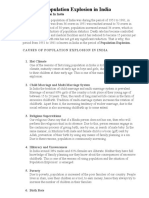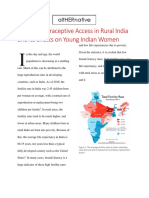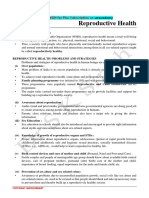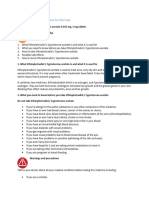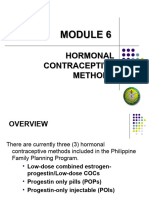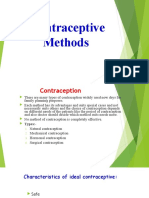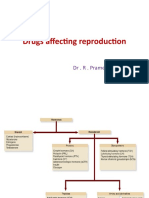0% found this document useful (0 votes)
43 views21 pagesReproductive Health Notes
Reproductive health encompasses the well-being of reproductive organs and functions, emphasizing the importance of education and awareness in addressing issues such as pregnancy complications and sexually transmitted diseases. India has implemented various reproductive health programs since 1951, focusing on family planning and education to combat population growth and its associated challenges. Key strategies for population control include improving education, promoting women's empowerment, and providing accessible family planning services, while also addressing socio-economic factors contributing to high birth rates.
Uploaded by
ȺẞħᎥຮheҟ SɪɴɢнCopyright
© © All Rights Reserved
We take content rights seriously. If you suspect this is your content, claim it here.
Available Formats
Download as DOCX, PDF, TXT or read online on Scribd
0% found this document useful (0 votes)
43 views21 pagesReproductive Health Notes
Reproductive health encompasses the well-being of reproductive organs and functions, emphasizing the importance of education and awareness in addressing issues such as pregnancy complications and sexually transmitted diseases. India has implemented various reproductive health programs since 1951, focusing on family planning and education to combat population growth and its associated challenges. Key strategies for population control include improving education, promoting women's empowerment, and providing accessible family planning services, while also addressing socio-economic factors contributing to high birth rates.
Uploaded by
ȺẞħᎥຮheҟ SɪɴɢнCopyright
© © All Rights Reserved
We take content rights seriously. If you suspect this is your content, claim it here.
Available Formats
Download as DOCX, PDF, TXT or read online on Scribd
/ 21

















